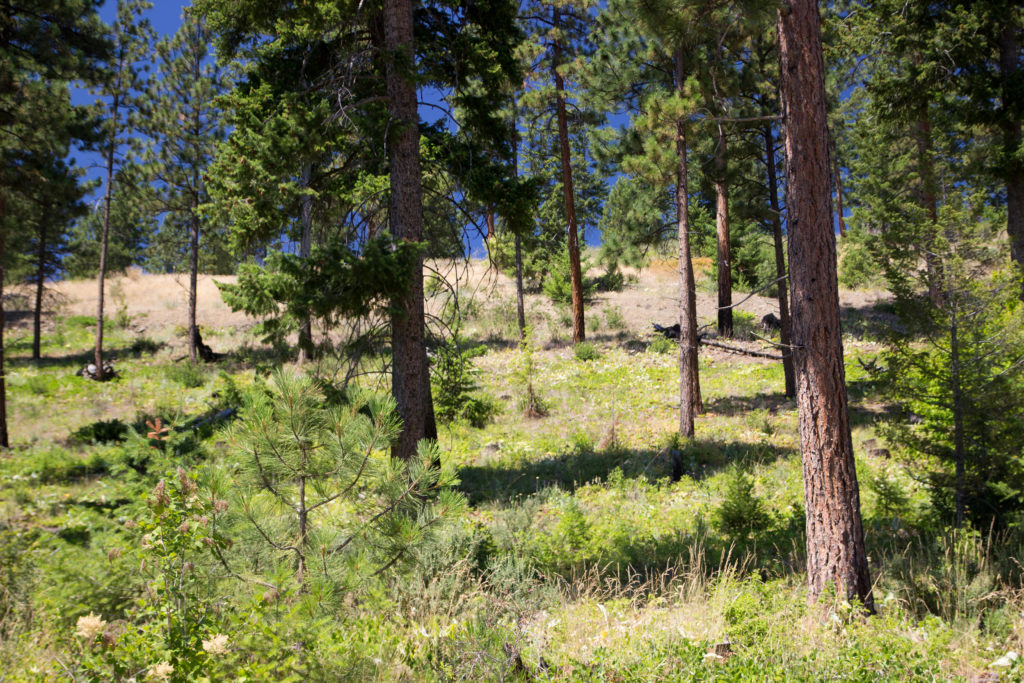
FLATHEAD RESERVATION, Montana – The Fire History Project of the Confederated Salish and Kootenai Tribes includes interviews with tribal elders who have long memories and many stories to share about the traditional knowledge and use of fire.
Several elders talk about a sxʷpaám, the Salish word for firekeeper. The sxʷpaám would carry hot coals and ashes in a container, lifting it with sticks for short journeys or in a clam-shaped container for longer journeys. If the fire went out, tribes could start a new fire using drills or flint.
Elder Michael Louis Durglo Sr. said in an interview that tribes historically burned with clear goals.
They burned to clear land, making hunting easier and campgrounds more accessible. Fire cleared brush and nuisance plants that blocked access to huckleberry bushes, and it “sweetened” the grass for horses. Native Americans would also burn to signal members of their own tribe or other tribes. What many European settlers mistook for lightning-ignited fires were often very purposeful burns.
Because burns were regular, most fires were non-lethal.
A non-lethal fire will not kill mature trees. The more fuel, or combustible material, that is present in a forest, the more likely it is that fires will burn hotter and faster. Some fire starts that may not have been lethal in the past could become lethal due to an increased amount of available fuel.
By regularly burning, tribes ensured that fuels did not accumulate in the forest. Fires would have been easier to control and usually non-lethal.
Much of the tribes’ traditional knowledge may have been lost as European settlement violently disrupted tribal life. With that disruption came a policy of fire suppression in many parts of the U.S. and Canada during the late 1800s and early 1900s.
The number of fires drastically decreased as the tribal use of fire was eliminated and lightning-caused fires were put out. Forests began to change.
Elders in the Fire History Project speak of the changing landscape in the absence of fire, as they observed during their lifetimes. Open lands became crowded, and forests became more homogenous as trees all grew uniformly and accumulated fuels. These crowded forests became more susceptible to disease, insects and fire.
Fires once helped microhabitats form within the forest. Without them, plant and animal diversity has decreased.
Great article, Thank you